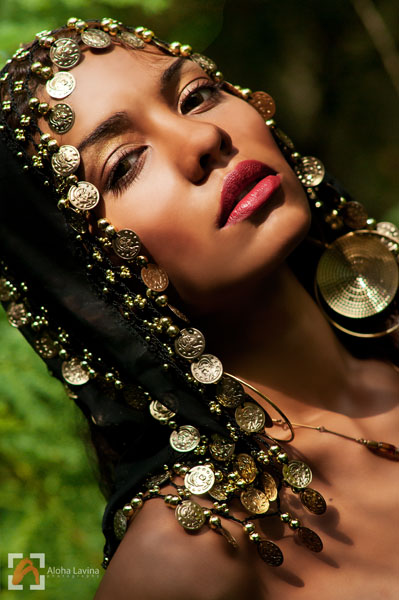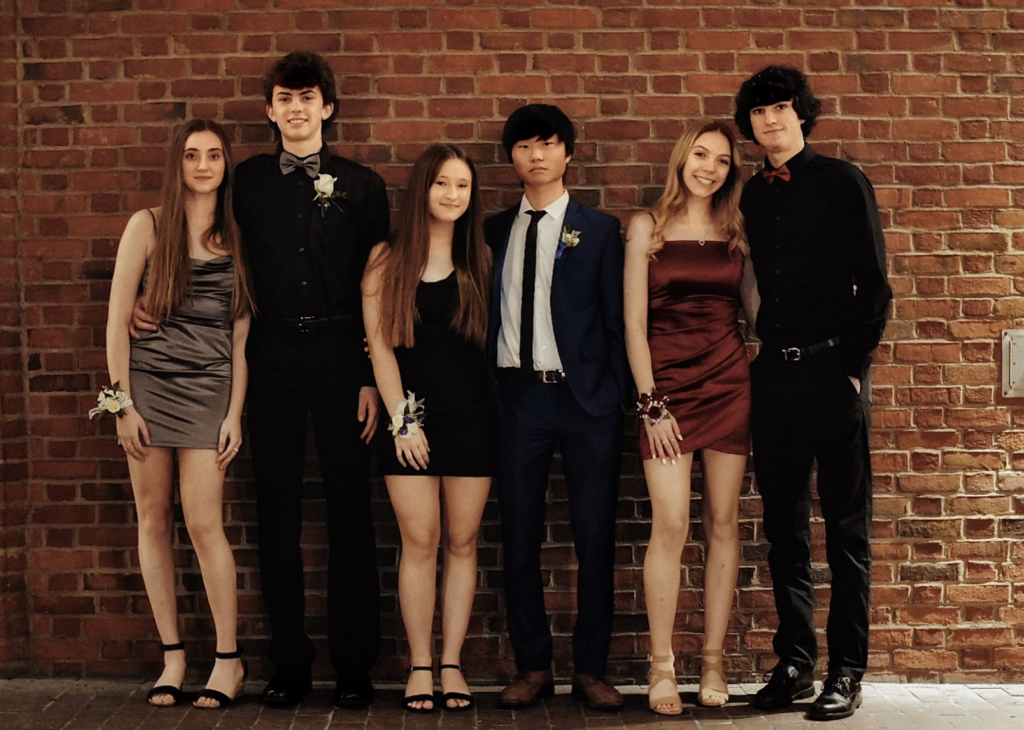When people ask what makes a portrait stand out, there are quite a few answers. Concept is key, and so is location and background. Props can help a portrait pop. But the one answer that comes to my mind as the most important ingredient for a dramatic portrait is light.
Light can change a portrait from a photo of a beautiful person, to a beautiful photo of a person. Here are different natural lighting conditions that can create drama in your portraits.
1. Dramatic Backlight
There are few photos as dramatic as a backlit silhouette. With strong colors in the background and the right pose, a silhouette gives attractive strong contrast in values. Lines as the viewer perceives them are accentuated, making the portrait a drama to which the eye is drawn.

2. Strong light from above
Another strong contrast light is light that comes from a high sun, like at midday. Although some might say that midday is a bad time to shoot portraits, sometimes you will find that the strong contrasty light gives you more drama than soft early morning light. This strong contrast helps you create drama by making the highlights sharper. Positioning your subject where the light hits them in pleasing ways can turn a potentially harshly lit portrait into a gritty but gorgeous image.

3. Strong Light from Above to Create Texture
A simple way to use contrasty light to your advantage is to use something to create patterns in the light. In this portrait, I positioned the model directly underneath overhead sunlight and gave her a weave hat. The holes in the weave of the hat created a pattern of light and shadow on her that gives the portrait an interesting texture.

4. Dappled Light
Dappled light is formed when there are leaves overhead, for instance. This portrait was made underneath some leaves, diffusing the light just a little, but creating harsh shadows. This sort of portrait is a bit difficult to expose, but with exposure compensation and metering on the middle values and some practice, you can pull it off.

5. Too Much Light
Overexposure results in a ‘high key’ photo. You can make a dramatic portrait using the exposure compensation function of your camera. Overexposing the background of a photo results in an unusual, subjective exposure that speaks drama. When making a high key portrait, be careful when you overexpose. You have to ensure that the details of the subject’s face are sharp, especially the eyes.

6. Soft Light from Above
Even if the light is strong outdoors, you can create soft light from above if you position your model underneath a sort of shelter. The portrait below was taken around one in the afternoon, but there was a translucent window in the abandoned building, letting the strong light in but diffusing it considerably so the spotlight on the model became soft.

If you don’t have a broken building with a translucent window, you can create this diffused spotlight. Place a white sheet or diffuser above the model, between him or her and the light source, and you’ve got a low cost solution to create soft light.
7. Directional Light
Mornings are great for soft, directional light. Lighting your subject with the morning light can create a dramatic portrait. In this photo, the model faced the rising sun.

Light can change the way a resulting portrait looks, changing its impact on the viewer. If you want to create drama in your portraits there are few other elements that can make such a big difference as how you use light.





3 Comments
https://farm7.static.flickr.com/6150/5989304362_06623b5627_b.jpg
Very cool article, I use directional lighting all the time in my portraits to add depth.
Thanks for the article. I plan on practicing more portrait photography this fall.
These portrait photographs are absolutely breathtaking. I think these images are stunning because of the thought you put into the lighting. Thanks for another great article.